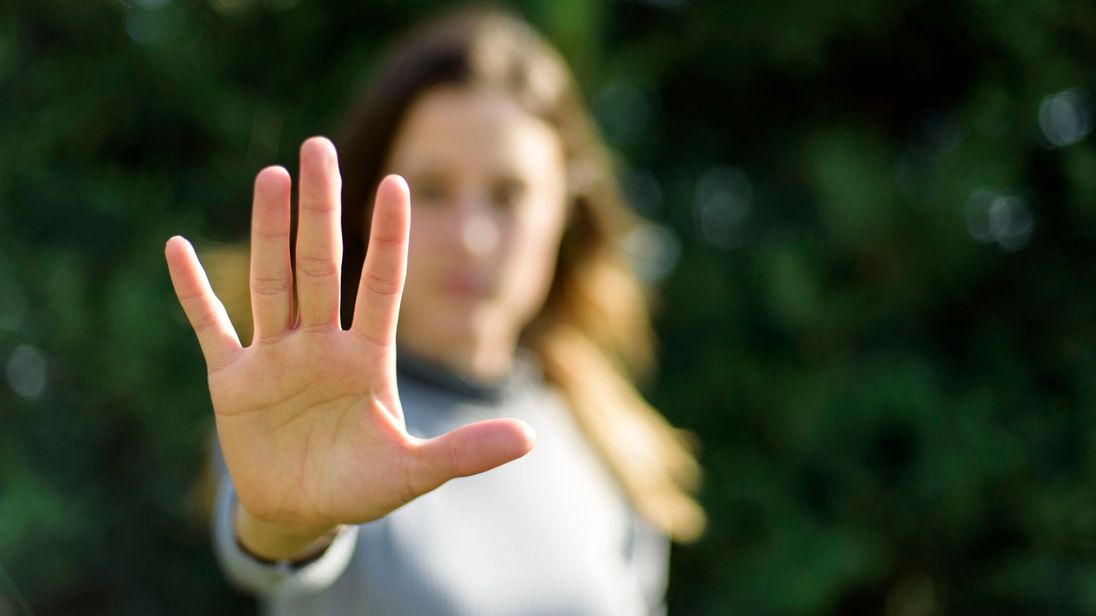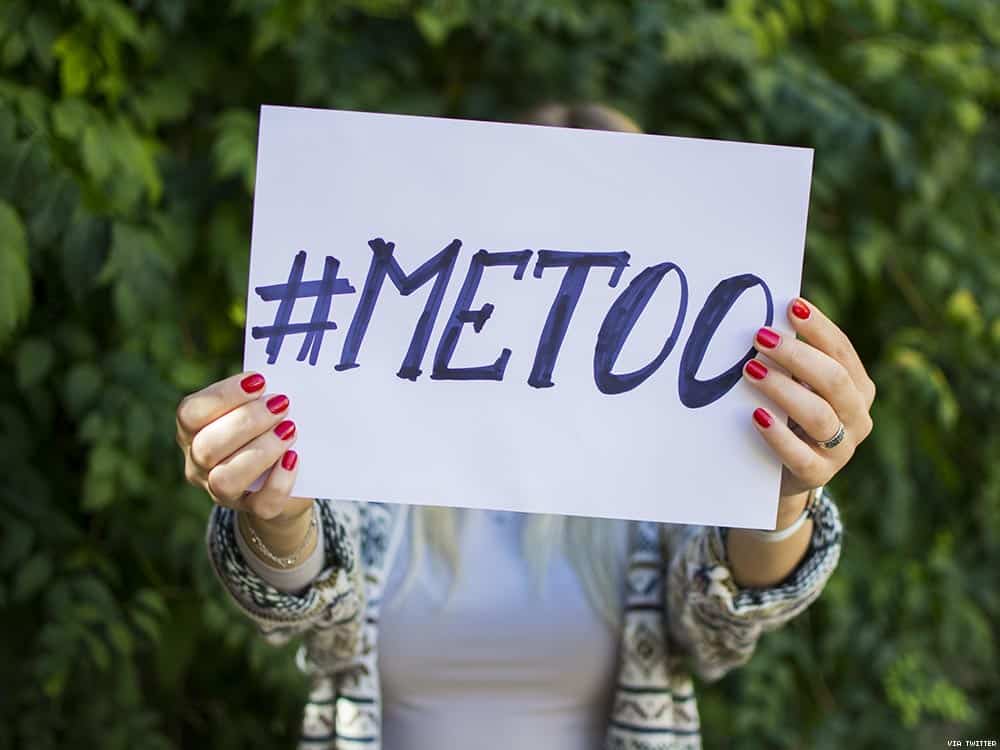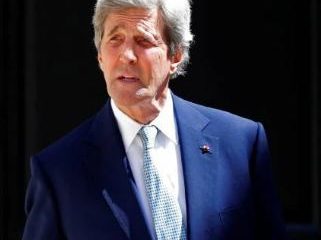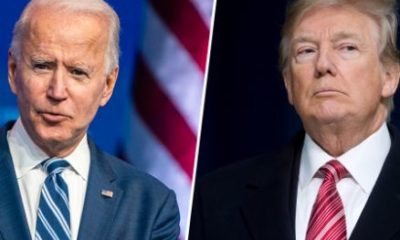Feature
Global organistaion UN own #MeToo sexual harassment among employees

United Nations: The global organisation’s own #MeToo survey has found that one in three employees responding to it have said that they have suffered sexual harassment in the last two years.
Sharing the survey results in a letter to UN employees on Monday, Secretary-General Antonio Guterres said: “The results confirm that these have a debilitating effect on staff morale and on work performance and there are continued barriers to reporting, including fear of retaliation and perception that perpetrators for the most part enjoy impunity.”
Guterres, who has made empowering women and ending sexual harassment and abuse one of his priorities, commissioned the consulting firm Deloite Touche Tomhatsu to survey the employees of the UN system world wide.
Deloite said that 10,032 UN employees had reported that they had suffered harassment. They were among the 30,364 of the UN system’s total global workforce of 105,000 who responded to the survey.
The survey made the disturbing finding that 12 per cent of the harassers were senior leaders in the UN.

The most common form of sexual harassment reported — 21.7 per cent — was subjecting the employees to sexual stories or jokes that were offensive, according the survey.
The other forms of harassment reported by the respondents included offensive remarks about their appearance, body or sexual activities (14.2 per cent), unwelcome attempts to draw them into a discussion on sexual matters (13 per cent), gestures or use of body language of a sexual nature (10.9 per cent) and touching which made them feel uncomfortable (10.1 per cent).
Attempted or actual sexual assault was reported by 1.4 per cent of the respondents.
Two out of the five respondents in the age group 25-34 reported being harassed.
One in three staff reports sexual harassment #MeToo at UN:
The harassers were overwhelmingly men — 68.4 per cent — but 15.9 per cent were women. (Under one per cent was transgender or “gender nonconforming”, while the gender of the others was not identified.)
More than half the harassers were colleagues and a little over 12 per cent were supervisors or managers, while about eight per cent were outsiders, including diplomats and donors.
“Perhaps one of the more important findings of the survey is that exclusion and incivility are highly correlated with incidents of harassment, providing a permissive atmosphere for such behaviour,” Guterres said in his letter. He appealed to the staff to conform to higher standards of behaviour.
The UN has set up a hotline for employees to report harassment.

In 2018, Guterres achieved a major goal of having full gender parity in his 44-member UN Senior Management Group, which makes up the top leadership of the global organisation.
Separately, with a zero-tolerance policy Guterres has been fighting sexual abuse and exploitation scandals in the peace-keeping operations where the victims are people, including children, in areas of UN operations, rather than employees.
In 2018, allegations of sexual abuse and exploitation — a narrower, more serious category than harassment — were made against 48 people in UN field missions.
The peacekeepers are troops and police employed by member countries and loaned to the UN for its missions.
Entertainment
Meghalaya Reserves Legalized Gambling and Sports Betting for Tourists

The State Scores Extra High on Gaming-Friendly Industry Index
Meghalaya scored 92.85 out of 100 possible points in a Gaming Industry Index and proved to be India’s most gaming-friendly state following its recent profound legislation changes over the field allowing land-based and online gaming, including games of chance, under a licensing regime.
The index by the UK India Business Council (UKIBC) uses a scale of 0 to 100 to measure the level of legalisation on gambling and betting achieved by a state based on the scores over a set of seven different games – lottery, horse racing, betting on sports, poker, rummy, casino and fantasy sports
Starting from February last year, Meghalaya became the third state in India’s northeast to legalise gambling and betting after Sikkim and Nagaland. After consultations with the UKIBC, the state proceeded with the adoption of the Meghalaya Regulation of Gaming Act, 2021 and the nullification of the Meghalaya Prevention of Gambling Act, 1970. Subsequently in December, the Meghalaya Regulation of Gaming Rules, 2021 were notified and came into force.
All for the Tourists
The move to legalise and license various forms of offline and online betting and gambling in Meghalaya is aimed at boosting tourism and creating jobs, and altogether raising taxation revenues for the northeastern state. At the same time, the opportunities to bet and gamble legally will be reserved only for tourists and visitors.
“We came out with a Gaming Act and subsequently framed the Regulation of Gaming Rules, 2021. The government will accordingly issue licenses to operate games of skill and chance, both online and offline,” said James P. K. Sangma, Meghalaya State Law and Taxation Minister speaking in the capital city of Shillong. “But the legalized gambling and gaming will only be for tourists and not residents of Meghalaya,” he continued.
To be allowed to play, tourists and people visiting the state for work or business purposes will have to prove their non-resident status by presenting appropriate documents, in a process similar to a bank KYC (Know Your Customer) procedure.
Meghalaya Reaches Out to a Vast Market
With 140 millions of people in India estimated to bet regularly on sports, and a total of 370 million desi bettors around prominent sporting events, as per data from one of the latest reports by Esse N Videri, Meghalaya is set to reach out and take a piece of a vast market.
Estimates on the financial value of India’s sports betting market, combined across all types of offline channels and online sports and cricket predictions and betting platforms, speak about amounts between $130 and $150 billion (roughly between ₹9.7 and ₹11.5 lakh crore).
Andhra Pradesh, Telangana and Delhi are shown to deliver the highest number of bettors and Meghalaya can count on substantial tourists flow from their betting circles. The sports betting communities of Karnataka, Maharashtra, Uttar Pradesh and Haryana are also not to be underestimated.
Among the sports, cricket is most popular, registering 68 percent of the total bet count analyzed by Esse N Videri. Football takes second position with 11 percent of the bets, followed by betting on FIFA at 7 percent and on eCricket at 5 percent. The last position in the Top 5 of popular sports for betting in India is taken by tennis with 3 percent of the bet count.
Local Citizens will Still have Their Teer Betting
Meghalaya residents will still be permitted to participate in teer betting over arrow-shooting results. Teer is a traditional method of gambling, somewhat similar to a lottery draw, and held under the rules of the Meghalaya Regulation of the Game of Arrow Shooting and the Sale of Teer Tickets Act, 2018.
Teer includes bettors wagering on the number of arrows that reach the target which is placed about 50 meters away from a team of 20 archers positioned in a semicircle.
The archers shoot volleys of arrows at the target for ten minutes, and players place their bets choosing a number between 0 and 99 trying to guess the last two digits of the number of arrows that successfully pierce the target.
If, for example, the number of hits is 256, anyone who has bet on 56 wins an amount eight times bigger than their wager.





















